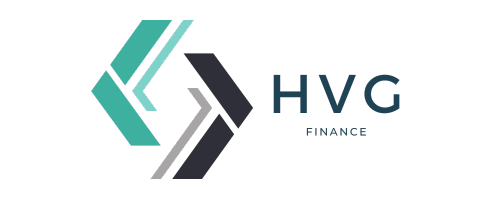Loans can be a lifesaver in times of financial need, providing individuals and businesses with the necessary funds to achieve their goals. However, it is crucial to understand that loans come with more than just the principal amount and interest rate. Hidden costs can significantly impact the overall cost of borrowing, potentially leaving borrowers in a precarious financial situation. In this article, we will explore the hidden costs of loans and provide valuable insights on what factors to consider before signing on the dotted line.
Avoiding Surprises: Key Factors to Consider Before Signing
1. Origination Fees and Application Charges
One of the most common hidden costs associated with loans is the origination fee. This fee is charged by lenders to cover the administrative costs of processing the loan application. It is typically a percentage of the loan amount and can range from 1% to 8%. For example, if you are applying for a $10,000 loan with a 5% origination fee, you will have to pay $500 upfront just to secure the loan.
In addition to origination fees, some lenders may also impose application charges. These charges are separate from the origination fee and are meant to cover the cost of assessing your creditworthiness and processing the loan application. While the amount may vary depending on the lender, it is essential to factor in these charges when evaluating the total cost of the loan. Ignoring these fees can result in a significant financial burden, especially for borrowers seeking smaller loan amounts.
2. Prepayment Penalties
When taking out a loan, it is natural to assume that you can repay it early if your financial situation improves or if you wish to save on interest payments. However, many borrowers are unaware that some loans come with prepayment penalties. These penalties are charges imposed by lenders if you decide to pay off your loan before the agreed-upon term. The logic behind prepayment penalties is to compensate lenders for the interest income they will lose if you repay the loan early.
Prepayment penalties can take various forms, such as a percentage of the remaining loan balance or a specific number of months’ worth of interest. It is crucial to carefully read the loan agreement and understand the terms and conditions before signing. If you anticipate the possibility of repaying the loan early, it is advisable to negotiate for a loan without prepayment penalties or to choose a lender that does not impose such charges.
3. Late Payment Fees and Default Charges
Nobody likes to think about missing a loan payment, but life is unpredictable, and financial difficulties can arise unexpectedly. Unfortunately, when you fall behind on your loan repayments, lenders are quick to add late payment fees and default charges to your balance. These fees can vary in amount and structure, but they all have one thing in common: they increase the cost of your loan and make it even more challenging to get back on track.
Typically, late payment fees are charged if you miss a payment by a specific number of days. These fees can range from a fixed dollar amount to a percentage of the overdue payment. Default charges, on the other hand, are levied when you fail to make payments for an extended period, leading the lender to consider your loan in default. These charges can be substantial and may include not only fees but also additional interest or legal expenses.
When it comes to loans, understanding the hidden costs is crucial in making informed financial decisions. By considering origination fees, prepayment penalties, late payment fees, and default charges, borrowers can avoid surprises and choose the loan that best suits their needs. Reading the fine print, asking questions, and comparing different loan offers are essential steps to ensure that the loan’s true price is unveiled before signing on the dotted line. Remember, being aware of the hidden costs is the first step towards financial empowerment.
FAQs
- Are hidden costs associated with loans legal?
While hidden costs associated with loans can seem unfair, they are usually stated in the loan agreement and are therefore legal. However, lenders are required to disclose all fees and charges to borrowers before they sign the loan agreement. As a borrower, it is crucial to carefully read the loan documents and ask questions to ensure you fully understand the costs involved. - Can I negotiate or waive hidden costs when taking out a loan?
Negotiating or waiving hidden costs associated with loans is possible in some cases. If you have a good credit history or are a long-standing customer with a lender, you may have more leverage to negotiate better terms. However, not all lenders are willing to waive or negotiate hidden costs. It is always advisable to shop around, compare different loan offers, and choose the one that offers the most favorable terms and conditions. - How can I avoid falling into a debt trap due to hidden costs?
To avoid falling into a debt trap due to hidden costs, it is crucial to carefully evaluate your financial situation and borrowing needs. Consider factors such as your ability to repay the loan, your credit score, and the total cost of borrowing. Additionally, read the loan agreement thoroughly, paying close attention to any clauses related to hidden costs. If you are uncertain about any aspect, seek advice from a financial professional before signing the loan agreement.
